In a patent awarded to Apple on Tuesday, the company imagines entire cities outfitted with low-power wireless transmitters capable of sending pinpoint-accurate location data, as well as dynamic environmental alerts, to iPhones and in-car navigation systems.
As published by the U.S. Patent and Trademark Office, Apple's U.S. Patent No. 9,344,989 for a "System with wireless messages to enhance location accuracy" continues the company's investigation into beacon-based navigation, but on a grand scale. Instead of helping iPhone owners find their parked car in an underground lot, or triangulate their position using advanced geofencing algorithms, Apple's latest invention seeks to address weaknesses inherent in all GPS-based navigation systems.
Specifically, today's patent attempts to solve signal reception issues that crop up in densely populated cities, sometimes referred to as urban canyon environments for their tall buildings, while at the same time increasing the granularity of positioning data. Importantly, Apple's solution consumes less power than A-GPS, Wi-Fi positioning and cellular tower triangulation techniques, all current augmentations to vanilla GPS.
The bold plan calls for a multitude of stationary transmitters to be installed at strategic locations next to or near a city's roads, such as adjacent buildings, within preexisting traffic lights, roadside signs, guard rails and other structures. Each transmitter is basically a smart wireless hub bristling with radio transceivers — an ideal configuration supports cellular, Bluetooth Low Energy, Wi-Fi and GPS data transfer protocols. The equipment can be fed by AC line power or solar.
In operation, a stationary waypoint device broadcasts its location data, plotted on a Cartesian plane, via wireless Bluetooth LE messages. Each message is sent out at a known signal strength, allowing the receiving device, like an iPhone or car, to extrapolate its relative location based on a received signal strength indicator (RSSI) value. The receiving device might use a variety of techniques to determine its absolute position depending on the number and quality of messages received, with two options including triangulation and time-of-flight computations.
In some embodiments, an iPhone can use location data provided by the static devices in concert with GPS information, though Apple's invention is capable of operating as a closed system. As a bonus, the transmitters can also send out z-axis (vertical height) data — for use on multi-level highways, for example — a measurement often available from commercial GPS systems.
Applied to navigation, the system can be configured to track vehicle movement with a high degree of accuracy. For example, a series of transmitters might be installed along off-ramps and on-ramps, forks in a road, freeway exits and other areas where traditional GPS systems often fail to resolve user position with adequate accuracy.
While not mentioned in today's document, Apple's invention could play a role in autonomous vehicle logic. In particular, the described transmitters can be configured to broadcast rich data containing information regarding traffic, road and other driving conditions. For example, a user might be informed of an upcoming speed limit change, hazardous road condition or inclement weather when driving past a connected transmitter. With existing in-car equipment, these messages might present as an onscreen dialogue and audible alert. In the future, however, the same roadside beacons could inform an onboard AI of its surrounding environment, prompting it to take action as necessary.
Autonomous vehicle development revolves around artificial intelligence, computer vision and machine learning, but those advanced systems have yet to be vetted by government agencies and are not proven in mass real world deployments. A hardware safeguard, perhaps similar to Apple's proposed infrastructure, might help bridge the gap between current automotive technology and a world where driverless cars rule the road.
Apple itself is widely rumored to be working on a branded electric vehicle that some believe will feature autonomous vehicle functionality. Evidence of a so-called "Apple Car" has yet to materialize, but AppleInsider last year uncovered a secret car lab Apple is operating out of Sunnyvale, Calif. Adding fuel to rampant speculation, Apple last week announced a massive $1 billion investment in Chinese Uber competitor Didi Chuxing, a firm with obvious automotive industry ties.
Apple's citywide navigation system patent was first filed for in September 2012 and credits Devrim Varoglu and Ravisastry Parupudi as its inventors.
 Mikey Campbell
Mikey Campbell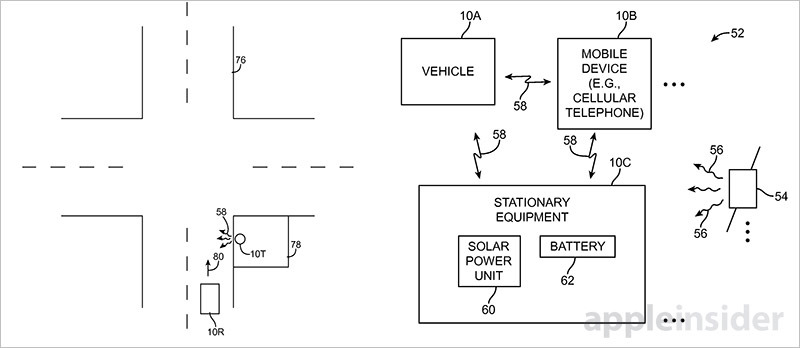

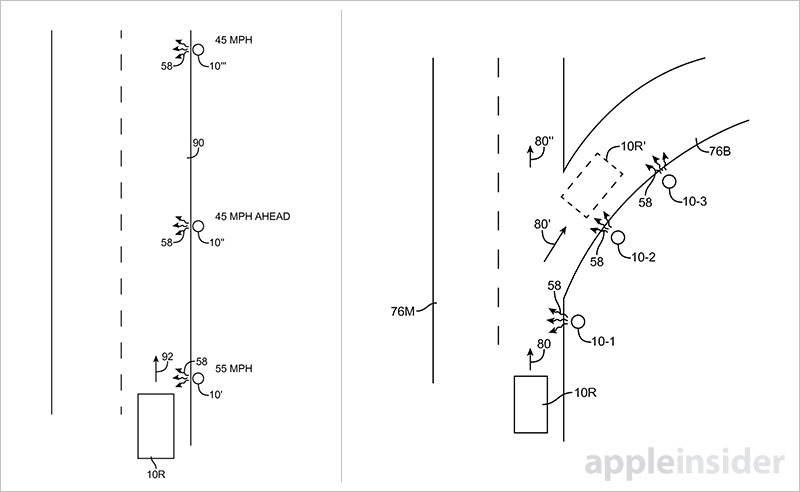



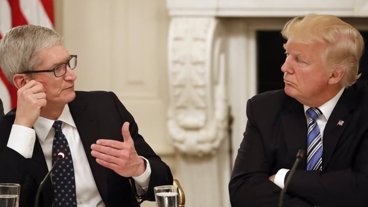



-m.jpg)





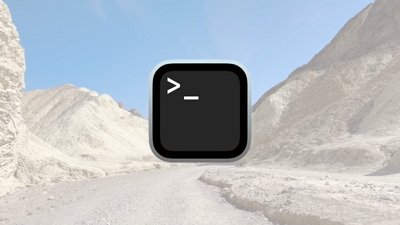
 Chip Loder
Chip Loder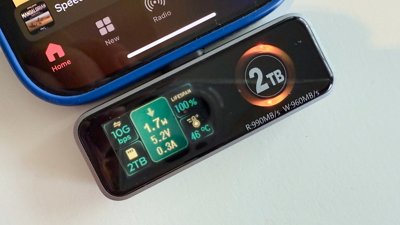
 Mike Wuerthele
Mike Wuerthele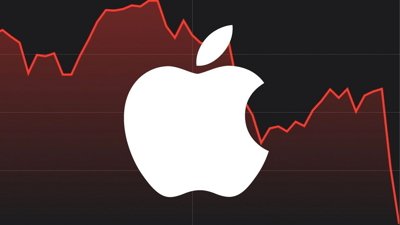
 Malcolm Owen
Malcolm Owen
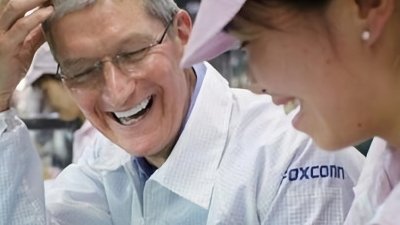
 Amber Neely
Amber Neely
 William Gallagher
William Gallagher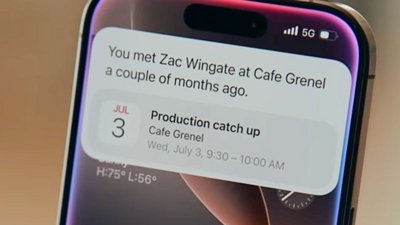



-m.jpg)






22 Comments
What a hugely expensive and, stupid idea. Good luck with that. It will be interesting to see Apple try and convince others to foot the bill for the necessary infrastructure.
Anyone who thinks Apple lacks innovation should read the Apple patents on their inventions yet to come to market on this website: http://www.patentlyapple.com
and click "granted patents" from category on the right side.